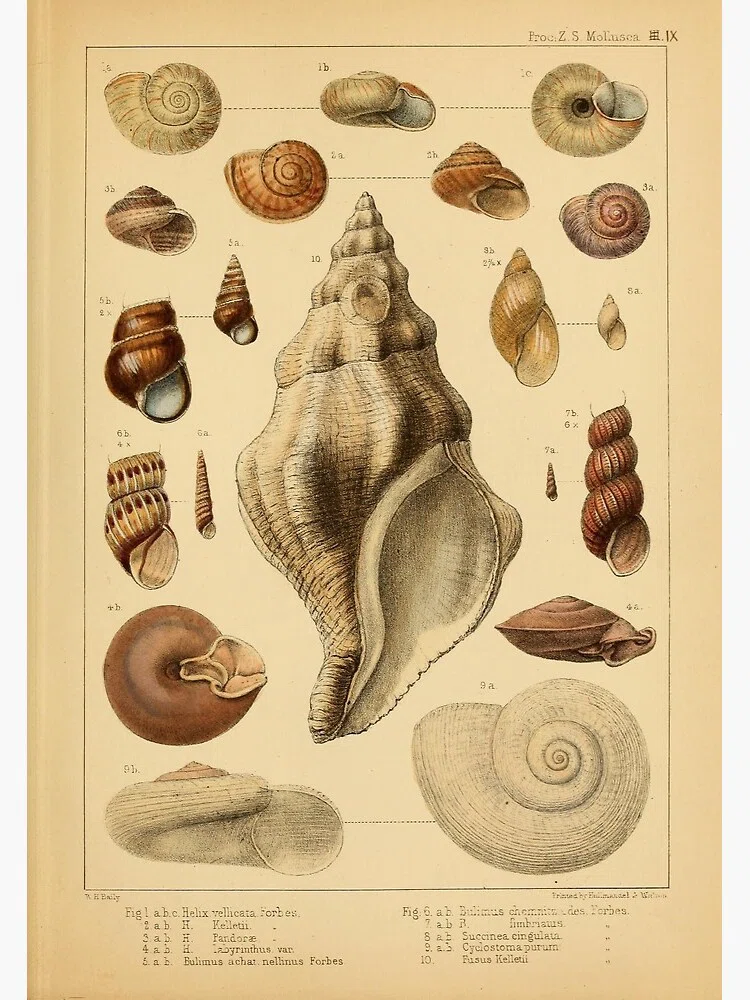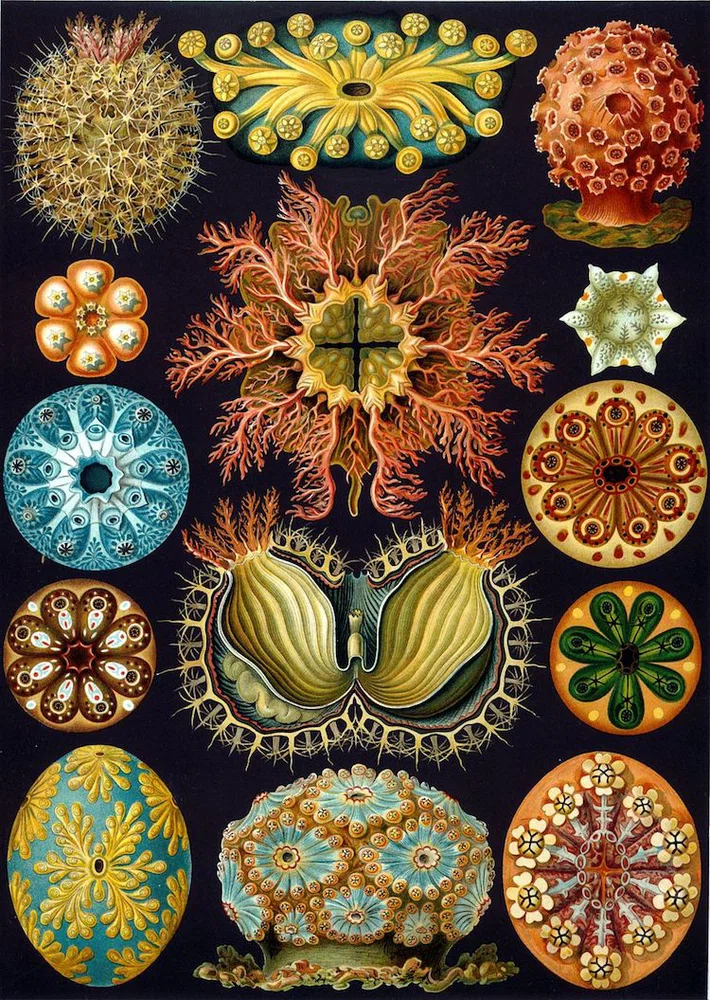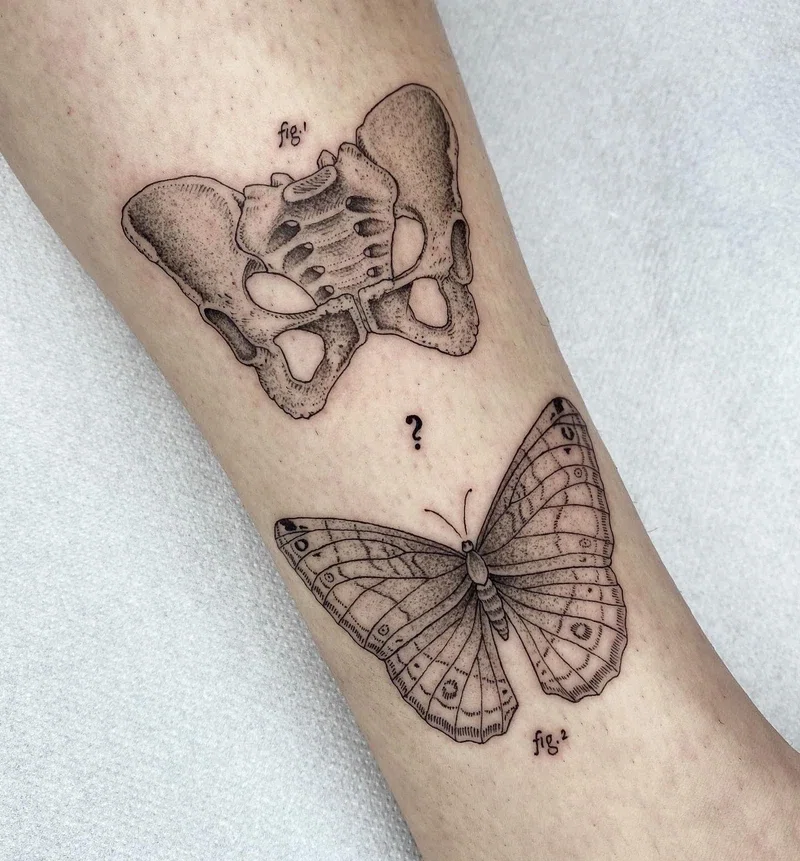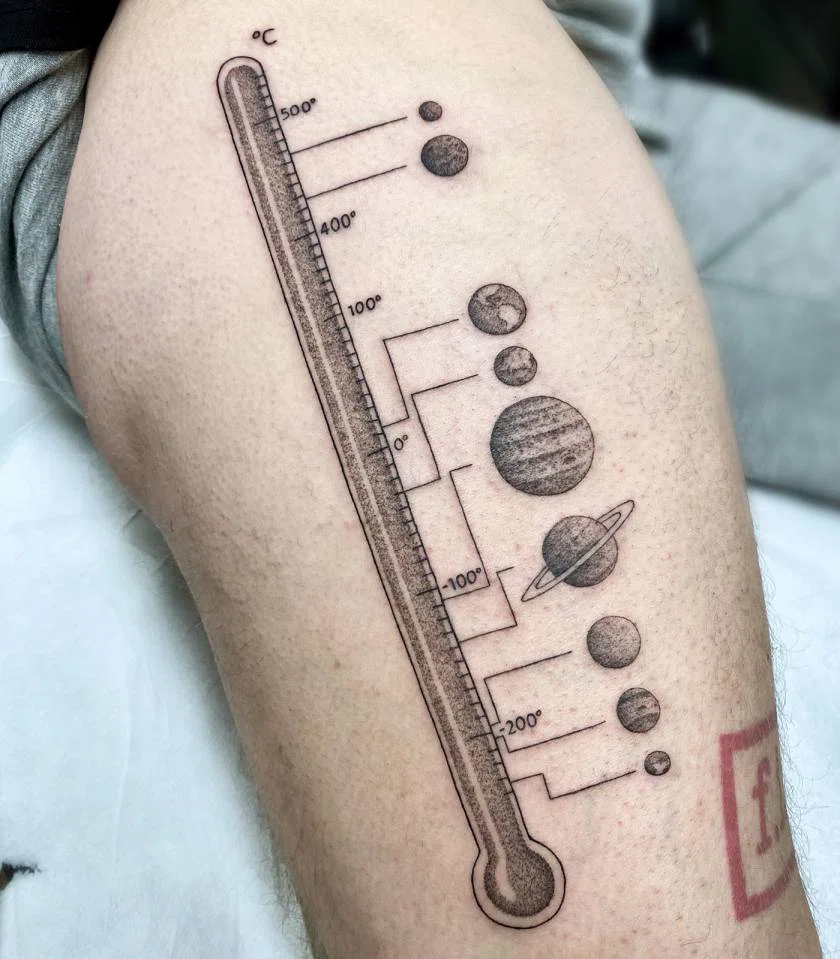Nature has always been a source of artistic inspiration. And the scientific illustrations reveal the natural beauty and wonders of this world.
Amazed by this, artists throughout history have taken them as a reference for artistic creations in their different forms.
So much so that the natural world found its place in the tattoo. Displaying unique designs, with a mind-blowing level of detail and precision. The tattoos of science-inspired artists are worthy of recognition.
So, today we show you the case of Michele Volpi, an artist who puts science to tattoos.
On scientific illustrations

The mysteries of nature are so many that they leave a whole world to be known. The anatomies, shapes, and systems of each living being are incredibly fabulous, and many people have dedicated their lives to studying them.
When digitization did not exist, scientists had to study plants, animals, and insects through illustrations in books and encyclopedias of the natural sciences.
But these were made 100% manually by people specialized in the subject, and they had to be flawless when representing nature on paper.
This practice was institutionalized under the name of scientific illustration. It is a scientific and artistic discipline that synthesizes and accurately represents nature’s information, for which it is necessary to have exact compositional and aesthetic concepts.
The objective of the Scientific Enlightenment is to provide information for educational use and to clarify and object to the concepts addressed.
Over time, technological advances allowed scientists to have other tools to facilitate their work. And one of them is photography.
This was thought to replace illustration, but they discovered that, although photography can be considered a “faithful” representation of reality, it is not for scientific illustration.
Although today we have highly developed cameras and optics that can achieve a level of detail, we could even say that, invisible to the human eye, photography cannot accurately determine certain anatomical parts in some fields.
That is why illustrations remain today one of the first options when recreating the natural world as an object of study.

But there is an open debate.
Although scientific illustrations have to have a criterion of objectivity at the time of realization, some say that two realities are reflected in them: true and fictitious.
The true corresponds to the act of tracing reality objectively, while the fictitious refers to the artistic ability to detect certain generalities in each plant or animal. That way, a drawing can represent one individual as the generic.
Although they belong to the same species, all living beings have their differences and variations, which, however minimal they may be, no one can know them all.
For this reason, scientific illustration takes certain common elements of species and translates them into designs.
Thus, two currents can be distinguished: scientific illustration and naturalistic drawing.
Scientific illustration aims to be objective, while realistic drawing does not. The boundary between both is demarcated by the artist's subjectivity when interpreting the drawings, allowing the second to give more place to the aesthetic, imaginative and artistic flight.
Art and science, a bridge traced with tattoos
Science explains the world and its natural mechanisms. As we have been developing, these tattoos are the best option for exact science lovers.
The illustrations consist of very meticulous work and with a higher rigor in the details than in other disciplines. Fine lines and delicate strokes are one of the main features of these designs.
For those who are passionate about Fine-Line and dotwork, choosing to tattoo designs of plants and other living beings can be a great choice. Inspiration from scientific illustrations and natural drawings is a wise decision.
As long as they are tattoos in color or black ink, the techniques used for one and the other will be varied, but always considering precision and neatness.
Although subjectivity may play an important role here depending on the requirements of the design, something that stands out in these designs is the precision in colors and shadows.
Some artists try to generate a rather realistic effect, strictly respecting the anatomies, but others, on the contrary, seek to achieve designs with a very personal trademark.
In one way or another, respecting certain parameters of nature is recommended for this type of tattoo.
Natural sciences tattoo artists


This style proposes very attractive designs. A good example of this style is the Italian tattoo artist Michele Volpi, who dedicated himself to the composition and detailed work of points and lines for his designs.
Born in 1991, Michele managed to be one of the most prominent artists in this style. In his work, he takes inspiration from scientific illustrations of science books, but his tattoos also stand out for their combination with Surrealism.
His knowledge of technical drawing makes this artist a perfectionist of form and neatness. He began to determine his style through trial and error, trying a variety of colors, styles, and needles.
But he found his strength in black, to define his work as monochrome fine black with the Dotwork technique. In an interview published in Vice magazine, the artist stated:
“I think that black is a complete color: when I finish a tattoo or a drawing I never feel the need to add anything else, but I feel that it is finished as it is, just black”.
A book that brings together all the works

The scientific works, studies, and illustrations are very exciting. Carl Zimmer, an American journalist specialised in writing articles and researching science books, decided to call on his blog all those who wear scientific tattoos.
Surprisingly, in a short time, he received more than 100 photographs of very different tattoos, so he decided that it was a good time to publish a book that would gather all this information.
Thus, he got down to work creating his book Science Ink. The particularity of the tattoos published there is that those who wear them are scientists! Science is not something that is only carried in knowledge, but also has an imprint on the body.
Science and tattoos, a perfect combination
As you can see, tattoos inspired by these scientific works allow the imagination to run wild and creativity to have no limits.
Nature is always surprising, also in the microscopic world. There are spectacular things to be found.
And this is one of the reasons why many visual artists take nature as their main source of inspiration, achieving incredible results.
One of the many advantages of art is that it starts from reality to create a fictional image based on the work with the artist's subjectivity, which is full of possibilities.
Combining art and science in designs is an excellent tool for those who love perfectionism, geometry, anatomy, and natural sciences.
And do you know which technique fits this style like a glove? The 3RL.
The good news is that you've come to read this note at the right time, because we have a seminar exclusively dedicated to teaching you everything you can achieve with this versatile needle.
Learn how to make the most of it from an artist who has managed to get fully booked by only tattooing with it.
Seminar: The Essentials of 3RL Tattooing, with Roger Monlix.